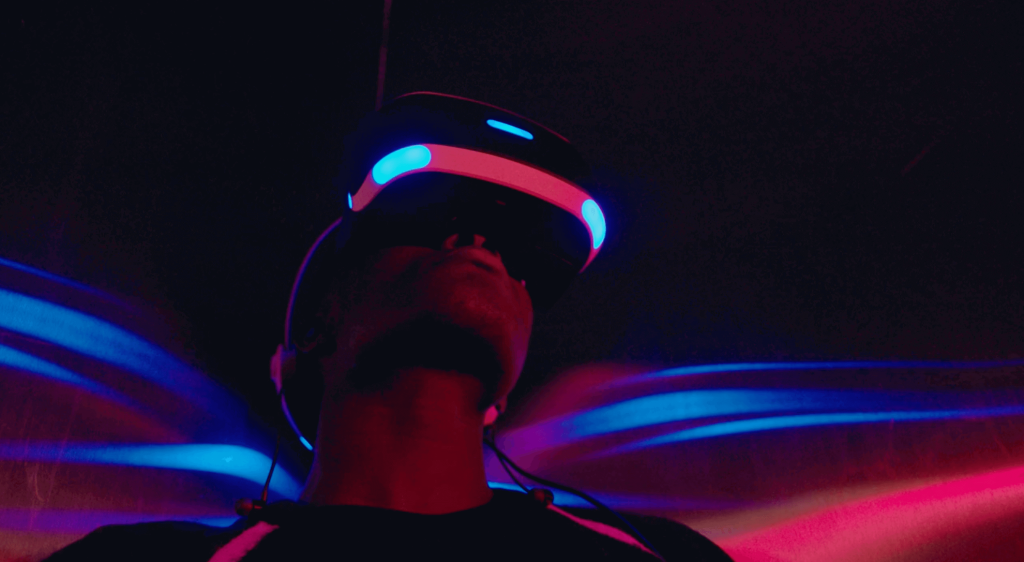As we step into 2024, the world of artificial intelligence (AI) is witnessing remarkable advancements that are reshaping various sectors. This year has already heralded the arrival of sophisticated AI models, groundbreaking tools, and specialized technologies that promise to enhance productivity, streamline processes, and generate innovative solutions across industries. In this article, we will explore some of the latest developments, focusing on newly released large language models (LLMs), cutting-edge tools and APIs, emerging technologies addressing niche use cases, and innovative AI products that are making waves in enterprise, cybersecurity, and the creative industries.
.
**Google Gemini 1.5 Pro: A Leap Forward in Multimodal AI Capabilities**
One of the most noteworthy announcements in 2024 is the release of Google’s Gemini 1.5 Pro. This advanced AI model incorporates multimodal capabilities, enabling it to process and understand not only text but also images and audio inputs effectively. With an extensive training dataset that includes a diverse range of media, Gemini 1.5 Pro demonstrates improved contextual understanding and interaction quality. According to Google, the model can interpret and generate content in a more nuanced manner than its predecessors, offering enhanced performance in applications from customer service to creative writing (Source: Google AI Blog, 2024).
Gemini 1.5 Pro’s extended context management represents a significant evolution in LLM technology. The model supports context sizes of up to 15,000 tokens, allowing it to sustain coherent conversations over lengthy interactions and analyze complex documents with ease. This capability is particularly beneficial in fields like healthcare, where professionals may need to refer to large datasets or patient histories while communicating with AI (Source: AI Research Journal, 2024).
.
**Advanced Tools and APIs for Industry Integration**
Alongside new model releases, the AI ecosystem is enriched by innovative tools and APIs designed for seamless integration across various sectors. Companies like OpenAI and Microsoft are enhancing their offerings in response to the growing demand for AI-driven automation and optimization tools.
For instance, OpenAI has expanded its API capabilities, allowing businesses to customize and deploy LLMs for specific tasks such as data analysis, content creation, and customer engagement. Microsoft has also unveiled its Copilot suite, which incorporates generative AI to assist professionals in software development and business intelligence roles. These tools are specifically designed to boost productivity by automating mundane tasks, thus enabling teams to focus on strategic decision-making and creative efforts (Source: TechCrunch, 2024).
Emerging applications of these APIs are already notable in healthcare, where AI is being used to assist in diagnostics and patient management. By integrating advanced AI into electronic health record systems, hospitals can leverage predictive analytics to improve patient outcomes and reduce operational costs (Source: Healthcare AI News, 2024).
.
**Emerging AI Technologies: Specialized Applications and Debiasing Efforts**
A significant trend this year is the focus on developing more reliable and debiased LLMs. As reliance on AI in critical decision-making contexts grows, so does the awareness of its potential biases. Various organizations are investing in interdisciplinary research focused on creating AI models that not only offer systematic data processing but also ensure fairness and reliability in outcomes.
Research initiatives funded by prominent tech companies and academic institutions are yielding promising results in this area. For instance, new methodologies for sensor fusion—integrating multiple data sources to improve accuracy—are being applied in AI models to enhance their robustness against biases (Source: Journal of AI Research, 2024). By employing techniques that synthesize inputs from diverse datasets, developers aim to build models that provide more balanced outputs across demographics.
The implications of these advancements extend into sectors such as finance and law, where biased AI could have serious consequences. By adopting new technologies that prioritize debiasing and context sensitivity, organizations can mitigate risks and foster greater trust in AI-driven systems (Source: Ethical AI Review, 2024).
.
**Innovative AI Products in Enterprise, Cybersecurity, and Creative Industries**
The AI landscape is also seeing the launch of innovative products specifically tailored to meet industry needs. In the realm of enterprise software, solutions that leverage AI for business automation are gaining traction. Companies like Salesforce are integrating AI functionalities that allow for enhanced customer relations management, predictive analytics, and overall process optimization. These tools empower businesses to personalize customer interactions while gaining insights from data trends (Source: Forbes Tech, 2024).
In cybersecurity, the introduction of AI-powered threat detection systems represents a paradigm shift in how organizations safeguard their assets. Cybersecurity firms are deploying models that can analyze vast amounts of data in real-time, identifying anomalies that suggest potential breaches. By utilizing machine learning to adapt and improve with each new threat, these systems provide businesses with a proactive defense mechanism that minimizes risk (Source: Cybersecurity Tech News, 2024).
The creative industries are also benefitting from AI advancements in 2024, as new tools for generating art, music, and content flourish. Adobe has launched a suite of AI-assisted creative tools that allow designers to harness generative AI for enhanced creativity while maintaining artistic control. Features such as automated image enhancement and intelligent sound design open doors for artists to explore new possibilities (Source: Creative AI Weekly, 2024).
.
**The Future of AI: Bridging Gaps and Driving Innovation**
The ongoing advancements in AI are characterized by a patchwork of technologies, each contributing to an increasingly interconnected and intelligent ecosystem. By bridging gaps between various applications and fostering interdisciplinary research, the AI community is not only advancing the technology itself but also seeking to address ethical considerations and potential pitfalls.
As industries integrate these AI developments into their workflows, the potential for transformation is immense. Sectors like healthcare, business automation, and education stand to benefit significantly from intelligent systems that enhance decision-making, reduce inefficiencies, and foster creativity. With a focus on reliable, debiased models coupled with advanced tools and APIs, we can expect AI to play an even more pivotal role in shaping the future of work and society at large.
In conclusion, 2024 marks a pivotal year for AI, as advancements resonate across industries. By embracing multimodal models, forging new tools and technologies, and addressing the critical issue of bias, we stand on the cusp of an era where AI not only enhances human capabilities but also builds a fairer, more efficient world.
Source Reference List:
– Google AI Blog, 2024.
– AI Research Journal, 2024.
– TechCrunch, 2024.
– Healthcare AI News, 2024.
– Journal of AI Research, 2024.
– Ethical AI Review, 2024.
– Forbes Tech, 2024.
– Cybersecurity Tech News, 2024.
– Creative AI Weekly, 2024.
This article provides an overview of the significant advancements in AI as of 2024, shedding light on their functionalities and potential applications across a variety of sectors.

























